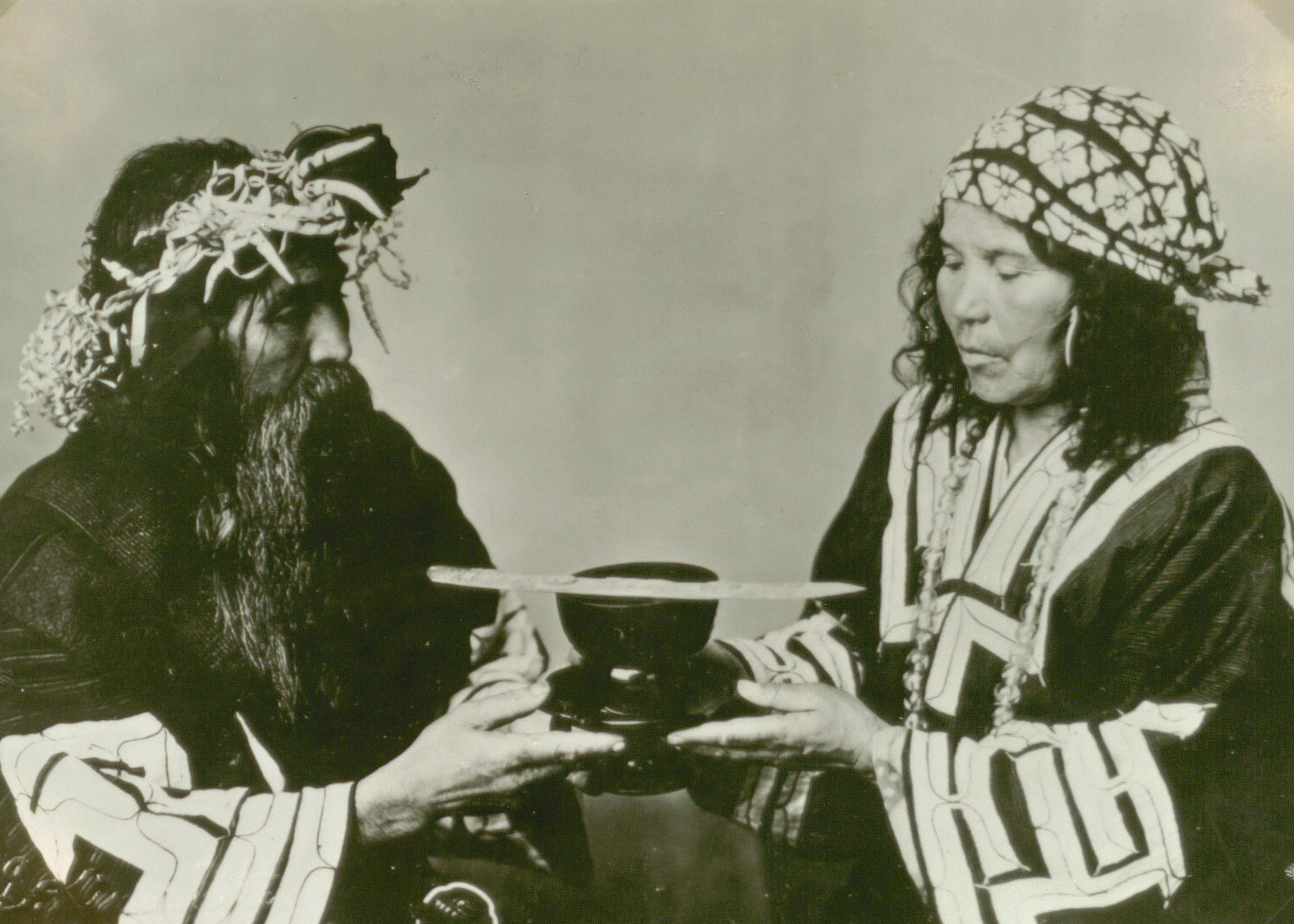Student group networking should satisfy both Facebook and non-Facebook users on campus
Networking isn’t just of shaking hands anymore. It’s moving toward online “friending” in many ways. Facebook has become a powerhouse for finding community connections online.
The Virtual Viking weekly email, which offers Portland State organizations space to advertise their events, encapsulates how important Facebook has become for these groups to reach out to the rest of campus. Out of the 16 links in the “Upcoming Events” section of last week’s Virtual Viking, nine lead to Facebook pages, six of which are viewable only by people with a Facebook account.
Facebook is definitely one of the biggest tools in a student group’s promotional toolbox, but student groups need to find a balance between traditional and contemporary ways of networking. A face-to-face connection is still powerful, and links to private Facebook pages can be detrimental to the hard work put into the various ways student groups distribute information.
Dono Powell, the publications director of ASPSU, said that of the various ways to promote events, including Facebook, the most effective method he has seen is posting and distributing physical promotional material around campus. “Regardless of whether you’re actually reading it, you’re seeing it,” Powell said.
Powell referenced the effective use of posters by Kaibigan, a noticeably active student group on campus.
Kaibigan works to get the word out for events a week in advance using various methods including Facebook, tabling (setting up a table on campus with brochures and people to answer questions) and email.
A personal connection in promotion is also important to Kaibigan. “When new people come in, we tell them to tell their friends,” Jonathan Albano, the Kaibigan communications coordinator, said .
ASPSU and the American Society for Mechanical Engineers, also try to achieve this personal connection by making announcements in classes.
“Email works very well to inform [mechanical engineering] students of meetings, but we also advertise in brief announcements before class,” said Santiago Rodriquez, an ASME chair.
Student groups like these are using memorable methods for the non-social network portion of their advertising.
Many aspects of other student groups’ online promotion, however, are less than impressive. When Facebook is used as a link for campus wide material, like Virtual Viking emails, finding a login page instead of information about an event is disappointing and gives an unfavorable impression.
Despite this, Facebook is becoming the norm for promotion and social connection. From student groups to universities to companies like Starbucks, it seems that everyone is using Facebook. The site has 800 million users (who use their account at least once a month), and, on average, users are in contact with 80 community pages, groups and events.
With these overwhelming numbers, it might seem that the non-Facebook users can only blame themselves for missing out on this huge source for information and interaction.
There are other statistics to consider. The number of Facebook users from the U.S. was 149.4 million at the end of May, about one third of the total U.S. population. Of this population, the most recent data from the U.S. Census Bureau shows that the percentage of the U.S. population 18 years and older was 75.7 percent in 2009.
This age range is the general audience for PSU student groups and the majority of Facebook users are adults. Just considering the adult population of the U.S., the numbers of Facebook and non-Facebook users from the U.S. are approximately even, giving each group the same importance as a targeted audience.
More important than numbers is the fact that that student groups are vital sources for finding inclusive spaces on campus, so it is logical that they should use inclusive advertising methods as well. Not everyone has to become part of the hip online scene in order to be valuable members of the audience.
Student groups do not have to give up their Facebook altogether to try to reach the non-Facebook niche either. If Facebook is used as a public site instead of private, people without Facebook can click on a link that takes them to useful information a student group is providing (of an event, etc.), and student groups can still keep their Facebook followers happy by maintaining the interactive aspects of the site.
By making this slight adjustment on their Facebook pages, as well as using more face-to-face methods, student groups can increase their potential audience for event promotion, and non-Facebook users can feel included. It would be a win-win.



